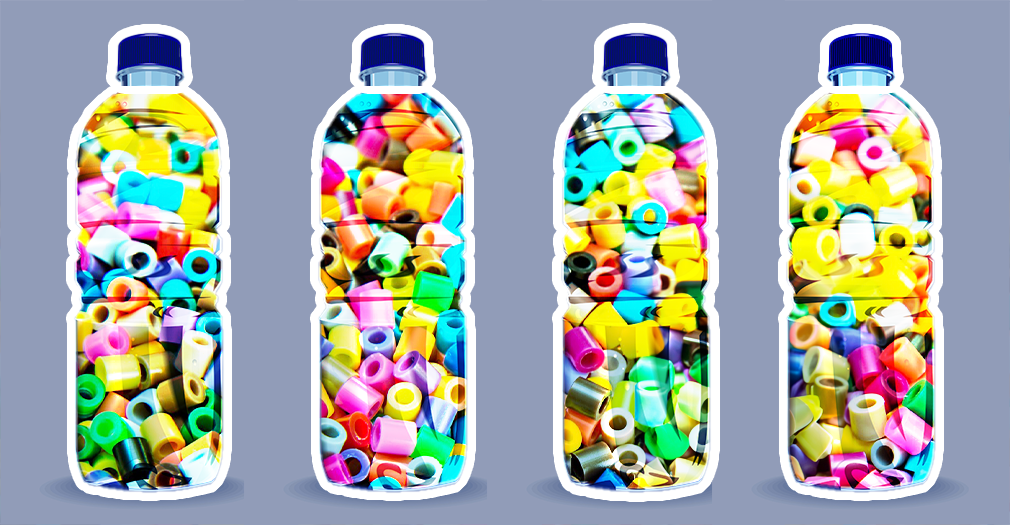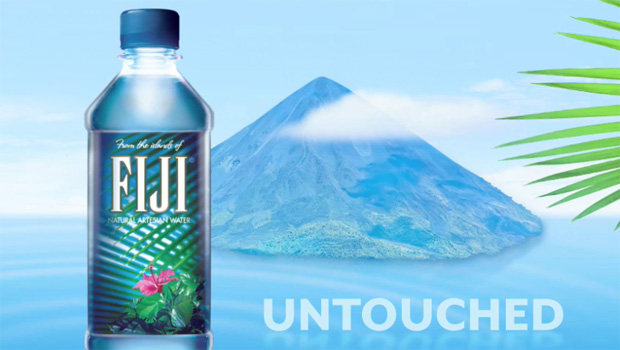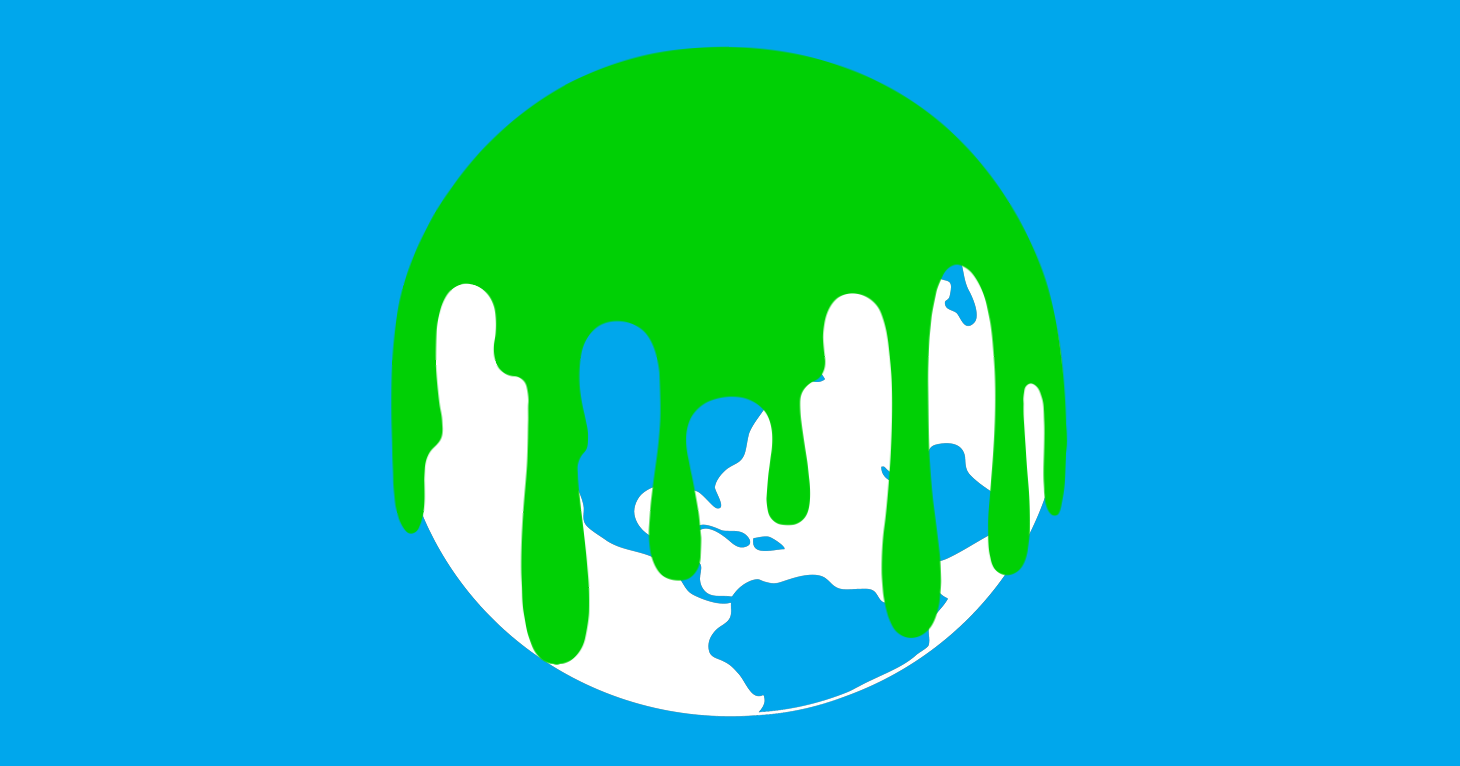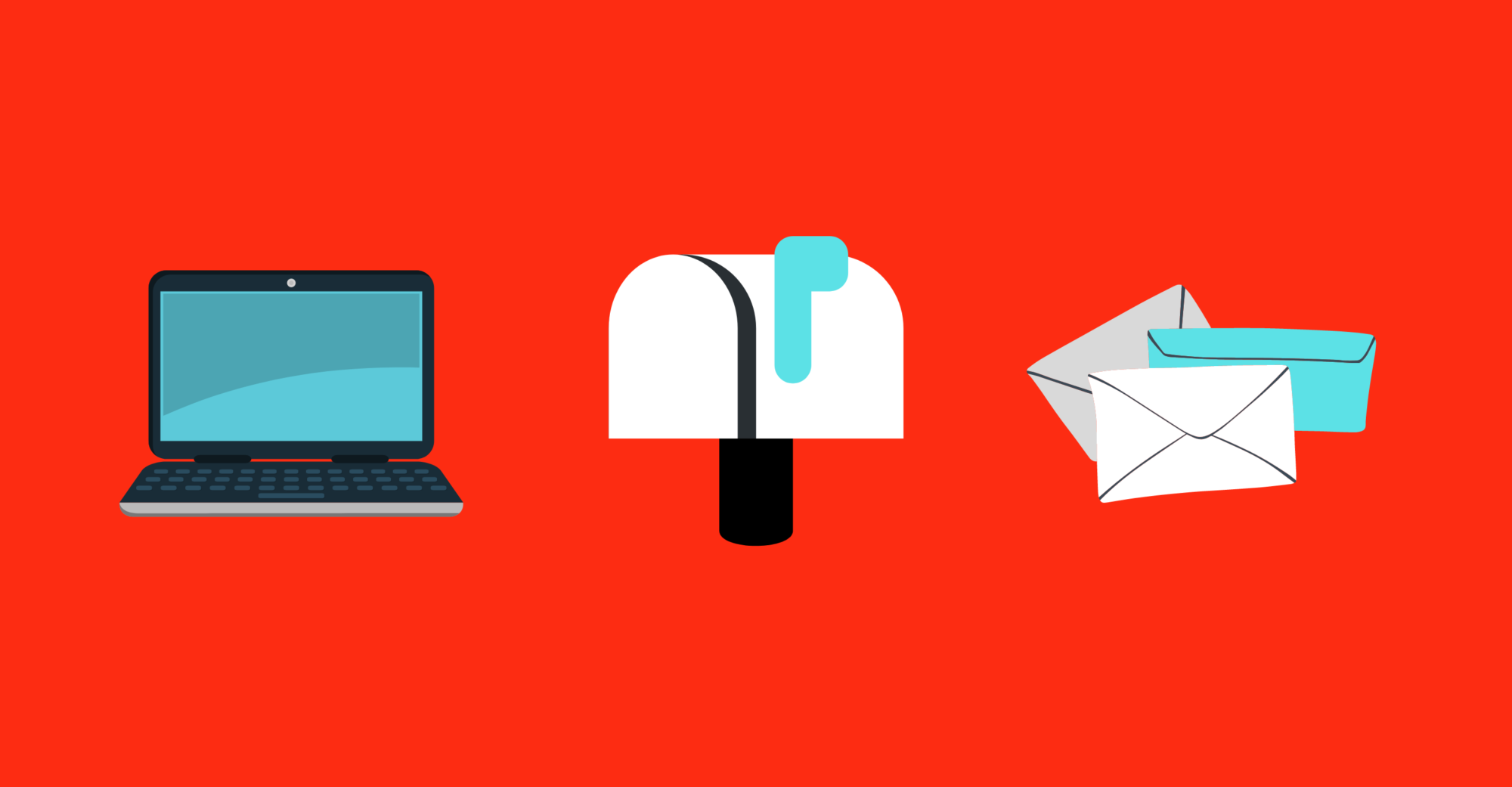
CATrends: Microplastics in Bottled Water
Lawsuits allege that several brands contain microplastics despite being marketed as “natural spring water.”
Many people drink bottled water assuming that it’s better than the water they can get from the tap. Most of the time, however, that’s not the case. Compared to bottled water, tap is more rigorously tested for safety, better for the environment, and costs up to 2,900 times less.
So why do people buy bottled water? Advertising claims could play a part. In honor of United Nation’s World Water Day, let’s look at a few:
Healthy [Evian, Poland Springs, most bottled water in general]
You do, in fact, need water to survive, so it’s fair to say it’s healthy. Whether or not bottled water is healthier than tap, however, is questionable.
Smooth mouthfeel [Fiji, Evian]
Evian says its water has a “distinctive buttery” taste. Fiji advertises that its water has a “distinctively soft, smooth ‘mouthfeel.’”
If your water, whether it’s from the tap, bottle, or is collected via transpiration from a eucalyptus tree, has a mouthfeel that is anything other than smooth, you should be perplexed. You should also maybe check its looksee with your visioneyes.
Fiji advertises that its product “never meets the compromised air of the 21st century, nor is it touched by another human being.”
What does pure even mean? Probably nothing, but you wouldn’t want to drink water that touches 21st century air—next thing you know, you’ll be walking around in it, or (cover the children’s ears!), breathing it.
Does bottled water really taste better than tap? In some cases, this may be true. In other cases, it may all be in your advertisement-addled head. When ABC’s 20/20 conducted a taste test between different brands of bottled water vs. tap water, consumers could not tell the difference. One discerning consumer even said that Evian “tasted like toilet water.”
Sourcing [Poland Spring, Evian, Fiji]
Many bottled water companies point to a valley/spring/glacier or other refreshing-sounding place as a source for the water.
But the source of water alone doesn’t necessarily tell you anything about its quality. New York City public water is sometimes referred to as the “champagne of waters,” and it’s from humble upstate reservoirs. About 45% of bottled brands are treated tap water. Aquafina and Dasani come entirely from municipal sources. Only about a third of Poland Spring’s water is actually from the Poland Spring area. (Think about that next time you’re feeling all fancy-pants about your drinking water choice.)
100% Natural [Poland Spring]
Really? What else would water be?
Good for the environment [Poland Spring, Fiji]
Most of the other things on this list are at least a little bit true, but this one is a real stretch. Drinking water out of individual single-use plastic bottles is never going to be as environmentally friendly as not doing that, no matter how much you recycle.
Extra oxygen [Wat-aah!]
Drinking water with extra oxygen does not have any benefit, unless you’re trying to amuse a scientist. You may want to try some of that compromised 21st century air instead.
If you really need to buy bottled water because tap is not an option, or your water happens to be one of the few gross or unsafe supplies in the country, or because the new Diane von Furstenberg bottle matches your outfit—go ahead. But otherwise, consider tap.
Lawsuits allege that several brands contain microplastics despite being marketed as “natural spring water.”
When companies green it, they better mean it.
This year reader tips led to dozens of ad alerts, as well as a complaint to regulators.


